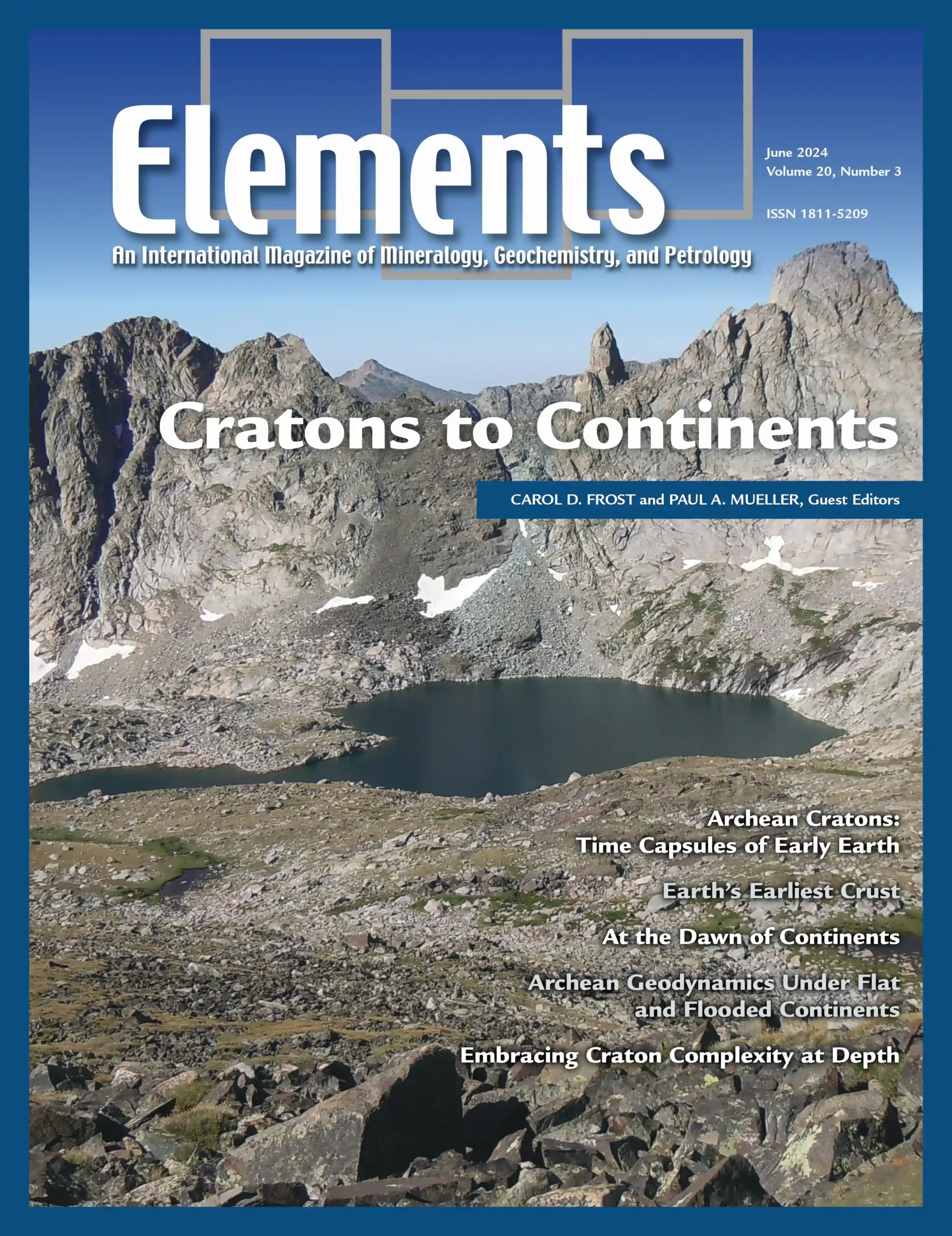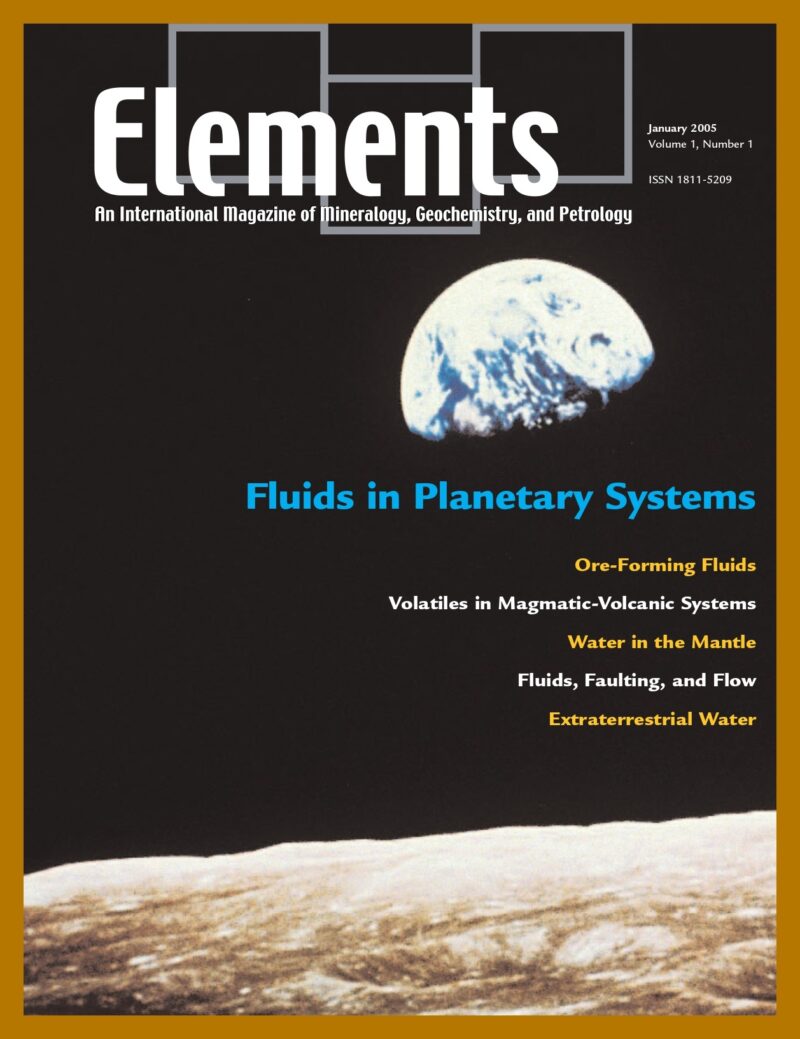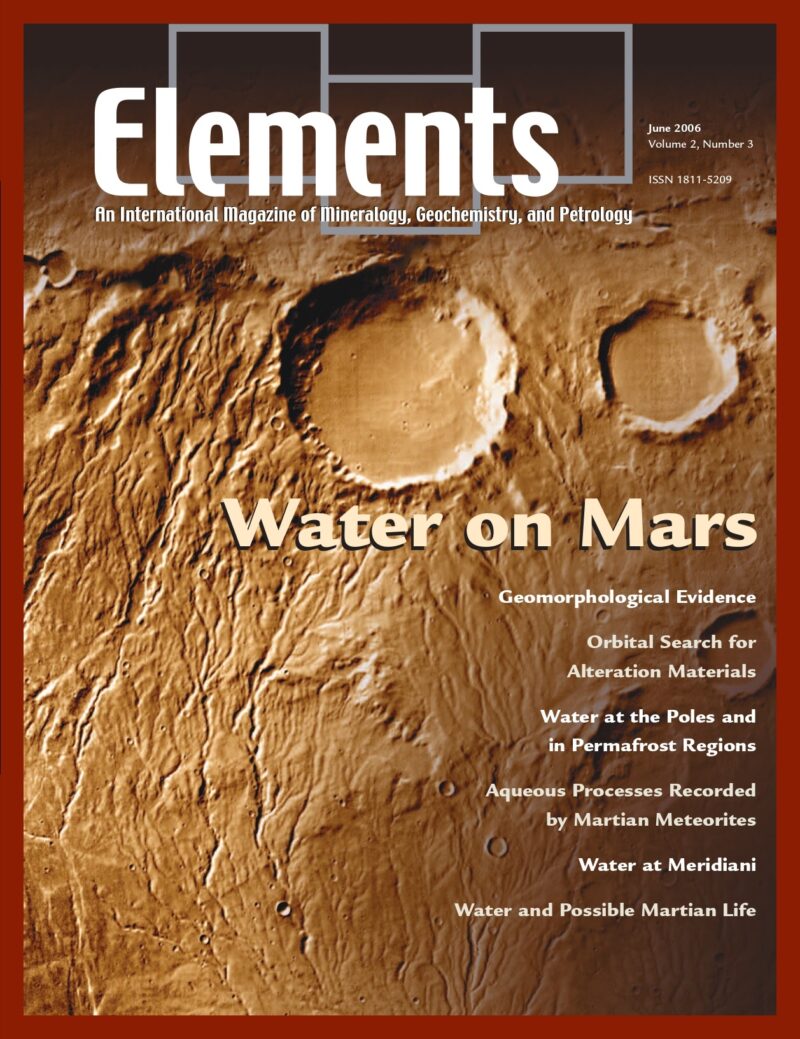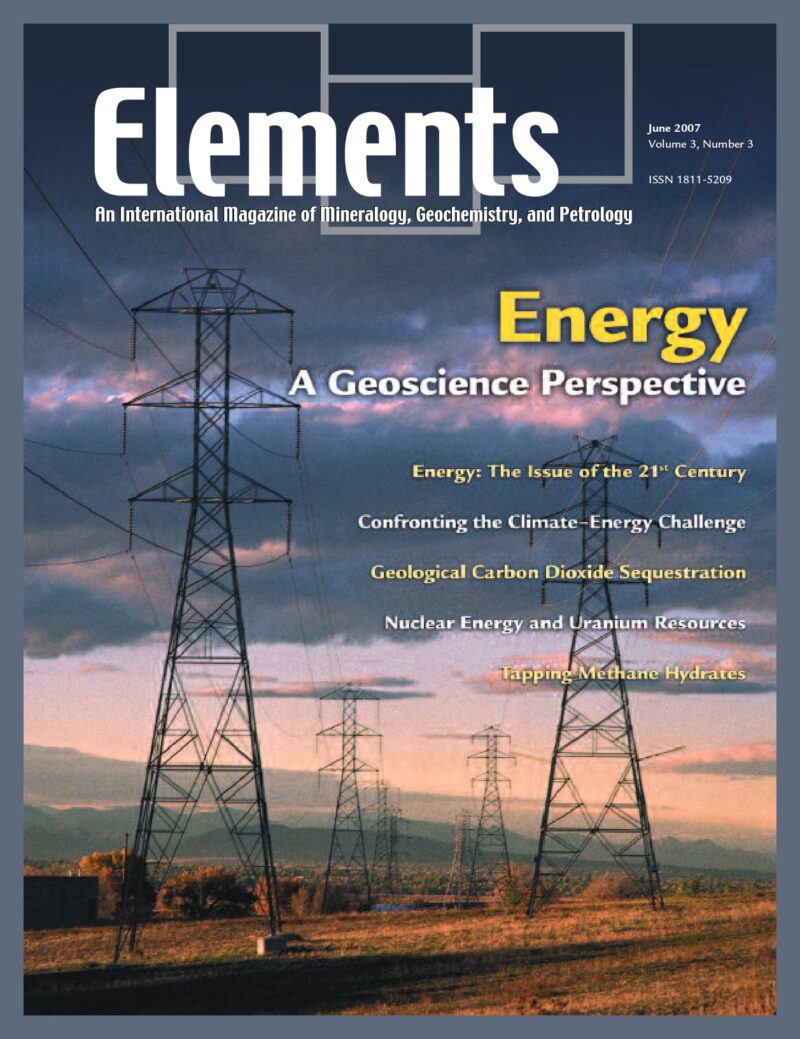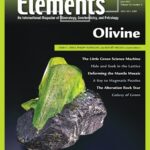
Olivine, June 2023, Vol. 19, No. 3
June 28, 2024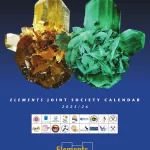
Elements Joint Society Calendar (2025–2026)
July 17, 2024Cratons to Continents, June 2024, Vol. 20, No. 3
$20.00
Archean continental crust is present on every continent, but does not constitute a dominant part of any continent’s surficial exposures. Nevertheless, Archean cratons are the longestlived coherent physical structures on earth.
Cratons to Continents
June 2024, Vol. 20, No. 3
Archean continental crust is present on every continent, but does not constitute a dominant part of any continent’s surficial exposures. Nevertheless, Archean cratons are the longestlived coherent physical structures on earth. Viewed holistically they comprise a welded com bination of continental crust and as subcontinental lithospheric mantle keel. They are survivors of what may, or may not, have been a more numerous and varied population of protocontinents. Many of these crustal blocks have origins in the Hadean and have survived for billions of years through many super continent cycles. Consequently, these cratonkeel structures have influenced the physical and chemical evolution of the silicate earth. This issue of Elements provides an overview of Archean cratons and the information they retain about the early development of Earth’s continental crust.
Why You’ll Love Elements Magazine:
- Expert Contributors: Articles written by renowned researchers in the field of geoscience.
- Engaging Content: Join a community of readers who are passionate about Elements.
- Exceptional Quality: Each issue is printed on high-quality paper with stunning visuals and detailed illustrations that bring complex scientific concepts to life.
Order your copy of the June 2024 issue of Elements magazine today and delve into cratons to continents.
Related products
-
Fluids in Planetary Systems, January 2005, Vol. 1, No. 1
$20.00Water and other geofluids play an important role in the geochemical and rheological evolution of the Earth and other bodies in the solar system. These fluids are responsible for the formation of hydrothermal mineral deposits, affect eruption behavior in volcanic systems and the geophysical properties of the mantle, and significantly affect the way in which rocks deform and fracture.
-
Water On Mars, June 2006, Vol. 2, No. 3
$20.00During the past several decades, spacecraft data have transformed the planets from astronomical objects into geologic worlds. Mars is the current focus of planetary exploration, and NASA’s objectives for this effort are based on the theme, “follow the water.
-
Energy: A Geoscience Perspective, June 2007, Vol. 3, No. 3
$20.00The issue of energy resources in the future may be one of the most important in the 21st century. Future climate change and the ways to abate it while still supplying needed energy will impact future political relations, world economics, human health, and the environment.

